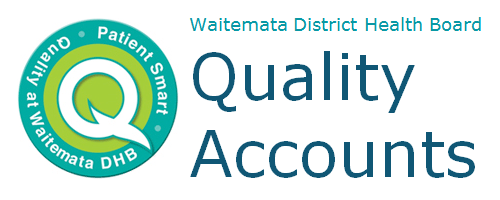
The complexity of nursing assessment and the rising requirement for accurate patient information has seen an increased paperwork burden on ward nurses. The paper nursing admission process takes between 10 and 60 minutes depending on patient acuity (level of care required) and complexity, and had multiple areas of duplication and data entry was replicated throughout.
Our paper Nursing Assessment document:
- was a 20 page long document of assessments e.g. falls risk, pressure injury risk, nutritional status, mobility risk, cognitive status, dementia risk
- had 500 separate data entry points and
- contained 6 mandated assessments
The Nursing Assessment document is required to be completed on all inpatients and has ongoing scheduled activity throughout the patient stay - its use is audited and completion is variable. An audit of the document's completion found:
- a failure to capture clinical concern and record patient deterioration
- inaccurate and incomplete data
- no priority or screening – “one size does not fit all”
- assessment scheduling was complex and not obvious
There was also in increased demand for audits on clinical risk assessments
What are we trying to achieve?
Our aim was to be able to capture all current nursing admission assessments in an electronic format using a handheld device in order to:
- reduce the time nursing staff spend on nursing documentation so that they are able to spend more time with their patients
- reduce the need to replicate content by pre-populating information so the same question does not need to be asked for more than once
- screen patients for risk and schedule follow up assessments according to need
- improve nursing admission assessment completion rates
- automate calculation of nursing assessments where required e.g. percentage of weight loss, body mass index (BMI)
- integrate electronic patient data
What have we done?
The Waitemata DHB eVitals team are already using iPad minis to collect patient observations and schedule bedside assessments. The team developed a digital form to significantly reduce nursing workload and ensure accuracy and completion.
- Linking with the Inpatient Management System[1] and eVitals data we have reduced the data entry points by 25% and prepopulated answers to reduce the disturbance and stress to patients.
- Using screening questions we can highlight patients at risk and target assessments of the most vulnerable patients.
A routine elective (booked) patient with no medical conditions can have their assessment completed within 5 minutes, which is a significant time saving for surgical wards. For complex patients with multiple issues, time is also saed but more importantly risks are identified and care plans generated.
This digital process was trialled in January 2017 on three wards across Waitemata DHB, it was then rolled out across all adult patient wards in April 2017.
eVitals Patient Profile, Charts and Assessments
What did we find?
Preliminary results have identified the following:
- a 60% reduction in the time taken to complete the nursing admission assessment documentation
- nursing time/effort prioritised to addressing actual patient clinical risk
- reduced error rate as calculations such as body mass index (BMI); skin assessments (Waterlow tool) and percentage of weight loss are automatically calculated
- increased satisfaction rates by nursing staff with the new eVitals nursing assessment

Did we make a difference?
- 98.7% of all nursing admission documentation is now completed as nurses are required to answer a question before moving to the next one
- The target for completion of the nursing admission documentation is within 4hrs; this is not being attained consistently however this can now be audited and results given to charge nurse managers to follow up with their staff
- Nursing staff appreciate the speed and scheduling of the nursing assessment, particularly the ability to screen elective (booked) and low risk patients thereby reducing the number of assessments required for this group of patients
- Compliance is improving and we aim to automate other clinical audit processes (i.e. falls risk assessment, pressure injury risk assessment) thus releasing more time for the ward nurses to care for their patients
Where to from here?
- Introduce eVitals into the Maternity and Emergency Departments
- Integrate Suspected Family Violence, Alcohol Harm, Frailty and Multi Resistant Organism (MRO) screening tools into the nursing admission form
- Introduce Diabetes screening questions and blood glucose measurement within eVitals assessment process, removing further forms
- Introduce updates of the Delirium and Confusion assessment tools to reflect changes in practice
- Introduce updates of the Moving and Handling assessment to improve nursing satisfaction and accuracy of measurement
For more information about the progress of this initiative please visit the Institute for Innovation + Improvement website.
References
- Inpatient Management System (i.PM) is an electronic patient information system






